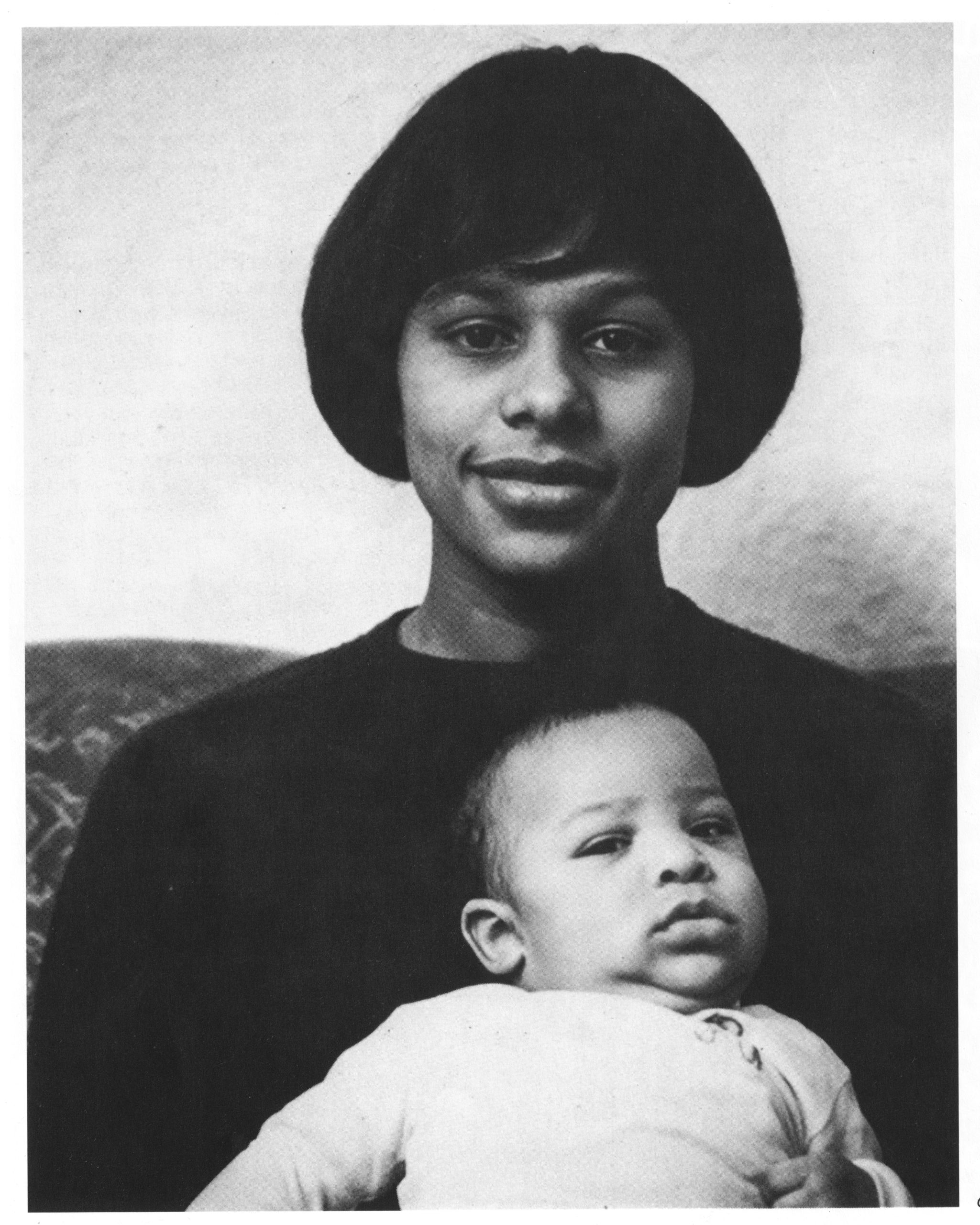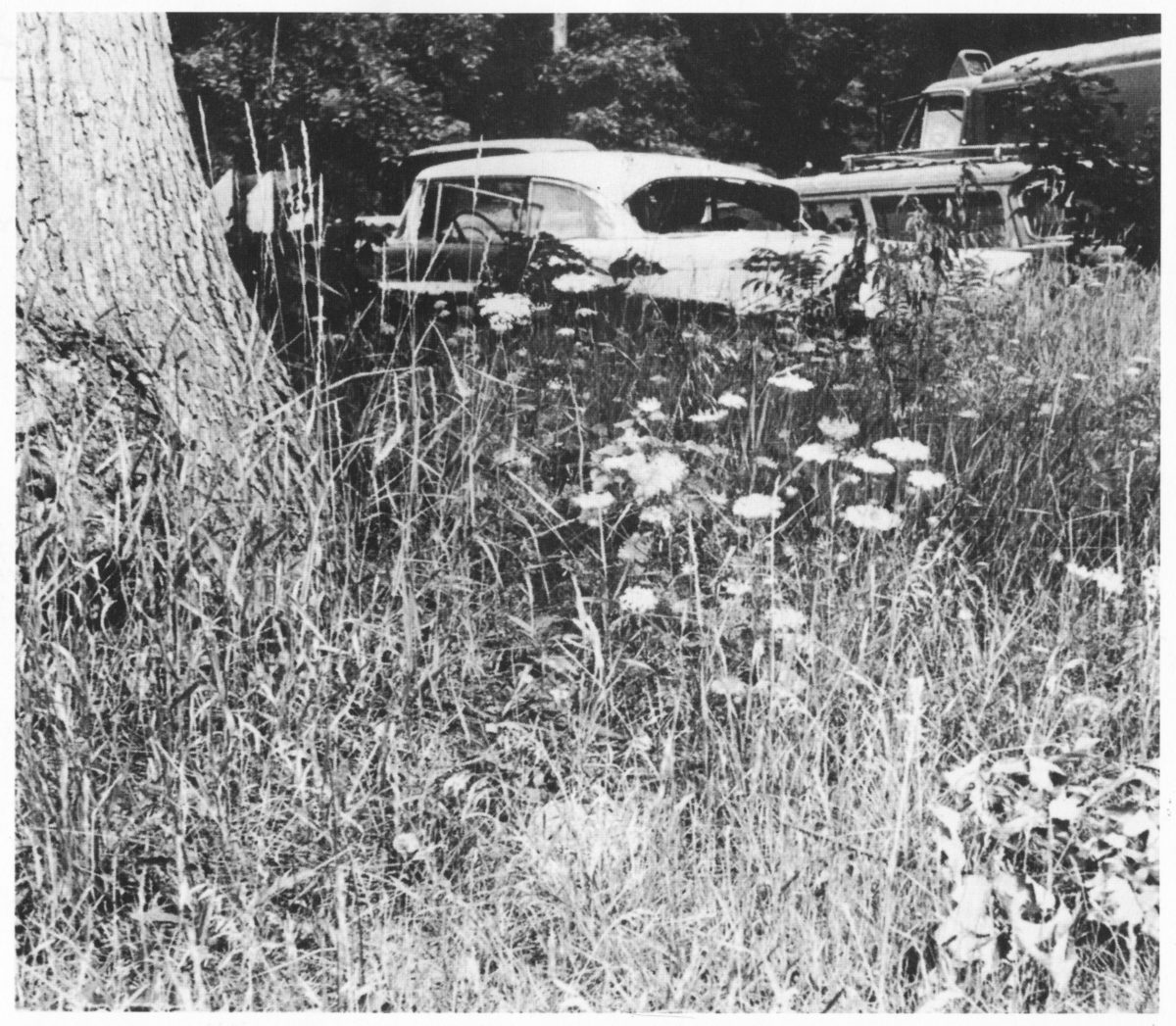The story of Fitzgerald is not merely a story of war, for Fitzgerald has also fought against war. Nor is it merely a story of racism and unemployment, for the community has fought for equality, led by the Community Council. Nor is it a story of the invasion of the slums, for the community has fought to keep its streets, its stores and houses liveable, and has fought for more and better schools and recreation areas, for tots and teenagers.
The story of Fitzgerald is still more comprehensive: it is the story of America itself how we got this way, our Americanization, our rough and breathtaking climb and our equally breathtaking pause before either another upward spiral or the most spectacular crash since the demise of the dinosaur. The fate of Fitzgerald and America is now hanging in a battle for human survival itself; man faces death by his own machines.
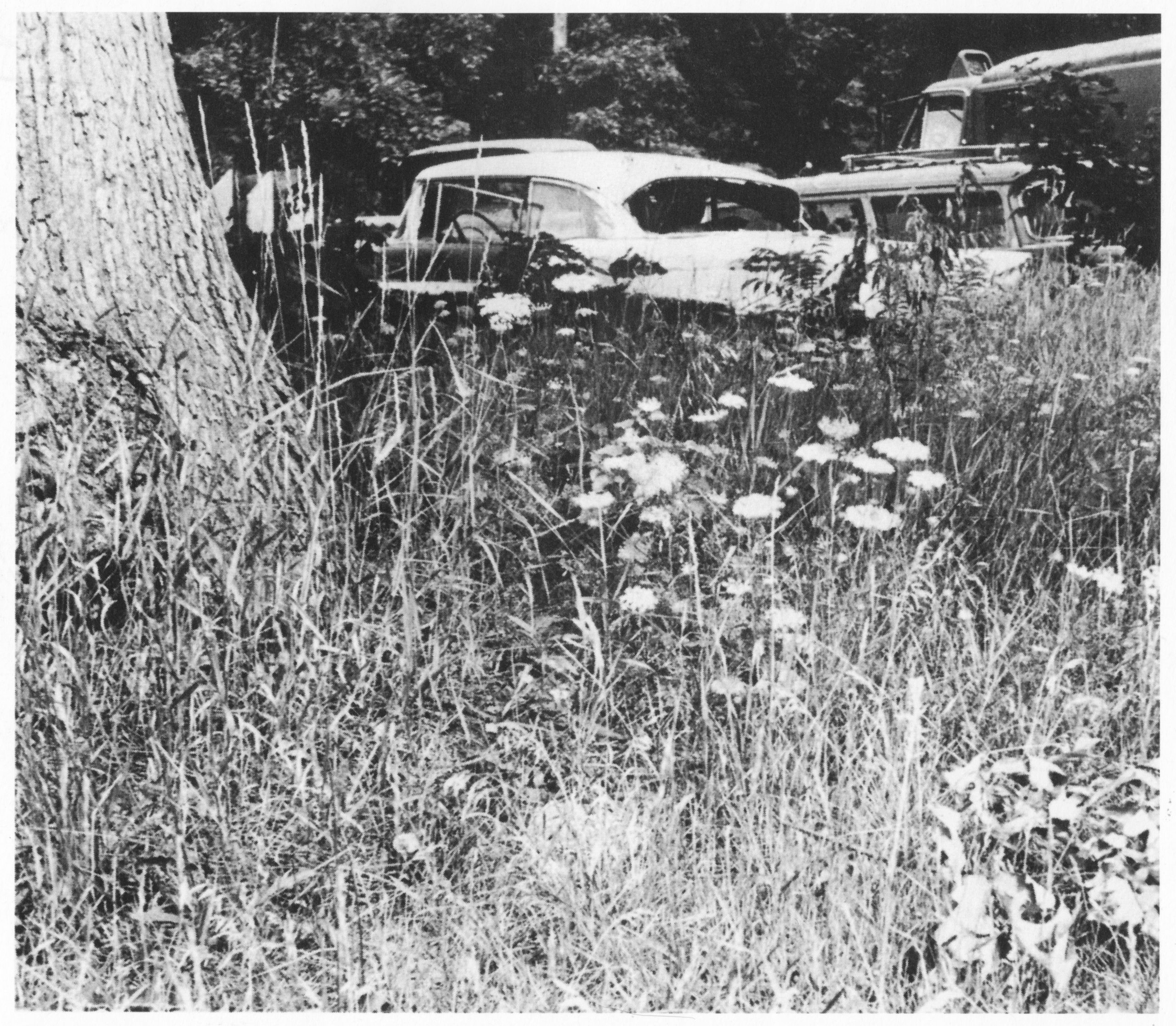
The beginning of this book pictured the natural landscape between the last of the glaciers and the first of the white men. What happened in between? Science, like art, is simple, innocent, so let us ask an innocent question. What sounds would you have heard sitting outside a hundred years ago in Fitzgerald? Mary Basancon remembers the sounds of her farm childhood:
There would be the night noises, the whippoorwills in the evening, and the owls would be hooting, the night birds would squawk every once in a while. We could hear the train whistles from the Grand Trunk just on the other side of Grand River. In the evening especially, the train made a sad, weird sound. And do you know that on a certain kind of day you could hear the boat whistle (from the Detroit River) at our place?
The farmers would hear barnyard noises - cows, chickens - and peculiar machinery sounds, such as the rattley clatter of the binder in the oats.
Typically we categorize sounds, filter them into different components such as “natural,” “human,” “machine made,” but in the innocence of science we might be asked to listen to them all together as an ecology, as a whole. Do the various sounds interact, are they related to each other? Listening to the sounds today in the backyard on a late summer’s evening, a surprising number of birds twitter. Undoubtedly the greatest total number of sounds, day in and day out, are the sounds of the remaining birds. The trees still rustle their leaves as they convert the carbon monoxide into oxygen and the cars and and airplanes, both propeller and jet, roar almost all the time, converting oxygen into carbon monoxide and more poisonous things. The children yelp, as the Indian children did, and the sound is no different in English (white or black) than in Ojibwa. The dogs yelp, as before, and the children still imitate the animal sounds, as the Indian children did. At even a slight distance away, the mammalian animal quality of the children yelping comes through. The expressway rumbles like a surf, always. It is unnoticed except when it is stopped, as it was during the Rebellion of 1967. In that peculiar time everyone noticed how quiet it was, just sirens, gun shots and military helicopters, usually far away.
The new sounds, the sounds that the white man added, are the sounds of the machines. It is clear from the sound of the cars going down the street through the playing children, that the machines often make war on the children. When a brake is screeched on, all the human animals pause and go tense. Will the long screeching of the machine deaccelerating end in a great crunching, glass-shattering thump? Will it end in another child being hit on the streets?
Men must stop toying with atomic poisons. The winds are a delivery system, and there is no such thing as an anti-wind wind. Mankind is in a biological crisis precipitated by a social one. The explosive force in one hydrogen bomb alone, either aimed at Detroit from outer space or placed in Detroit to “protect it,” would turn this city and Fitzgerald with it into a new Great Lake, Lake Detroit, five hundred feet deep and five miles across. But the human race is tough, energetic and cagey. Perhaps it will sense its common humanity before it dooms itself.
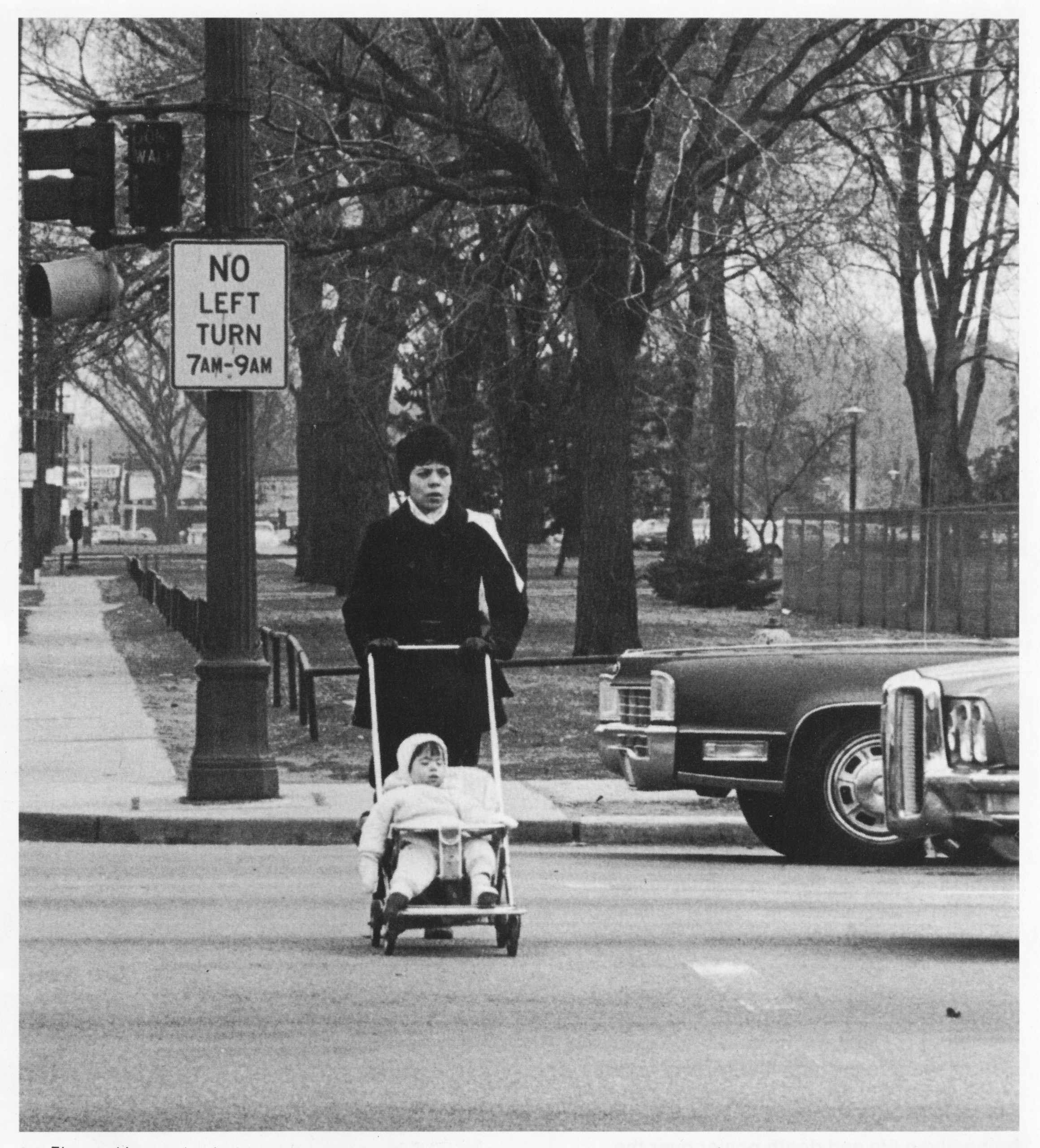
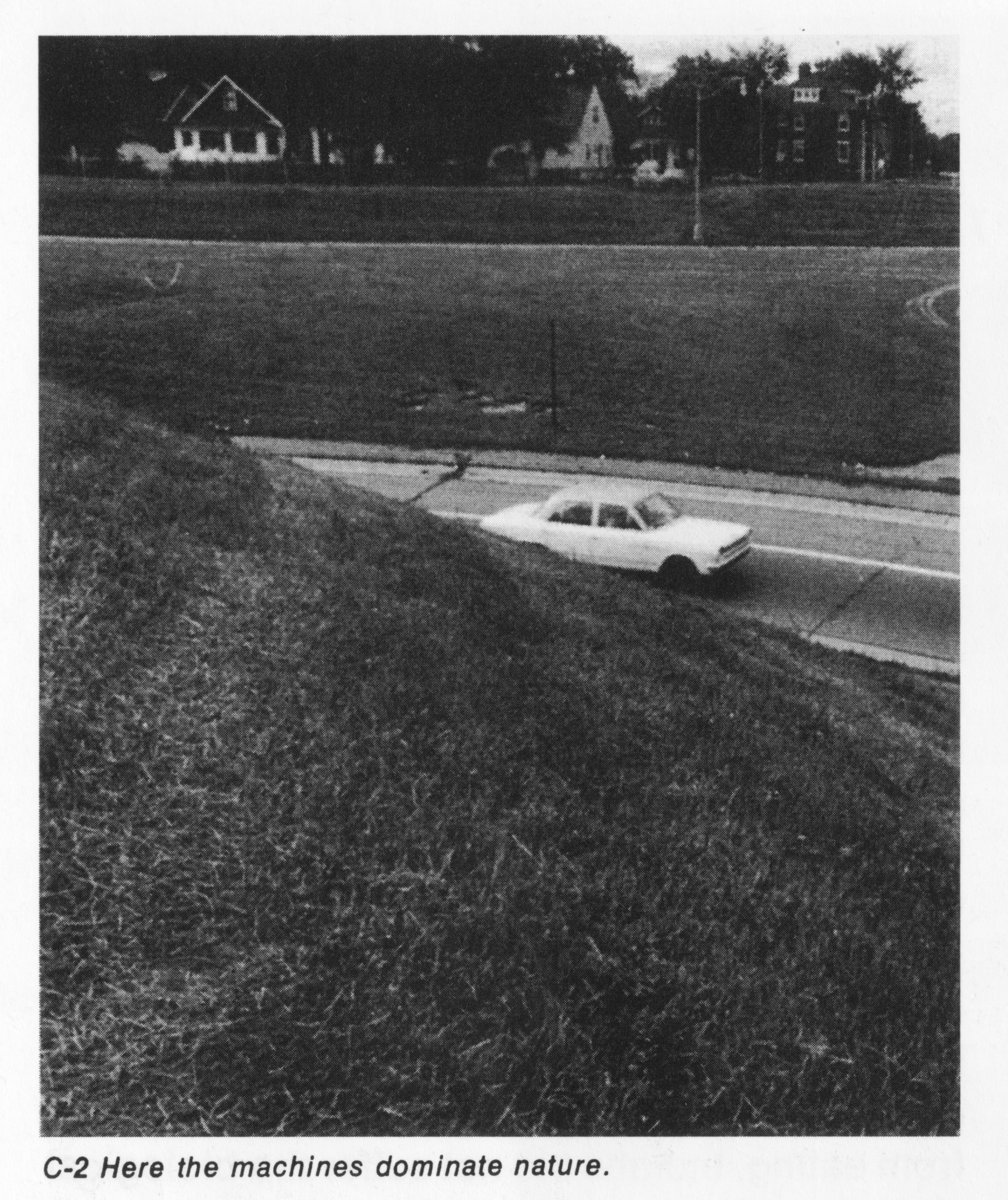
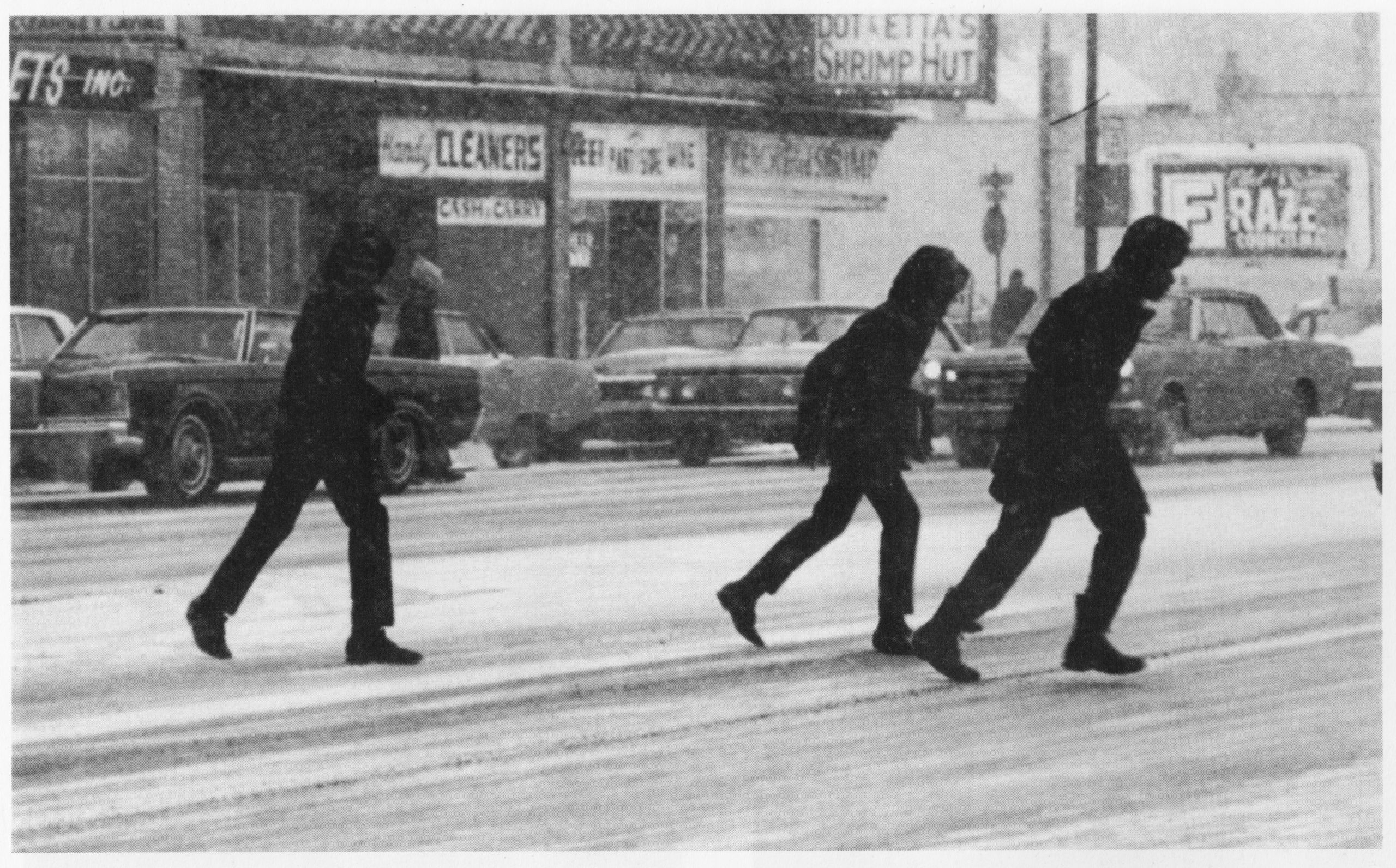
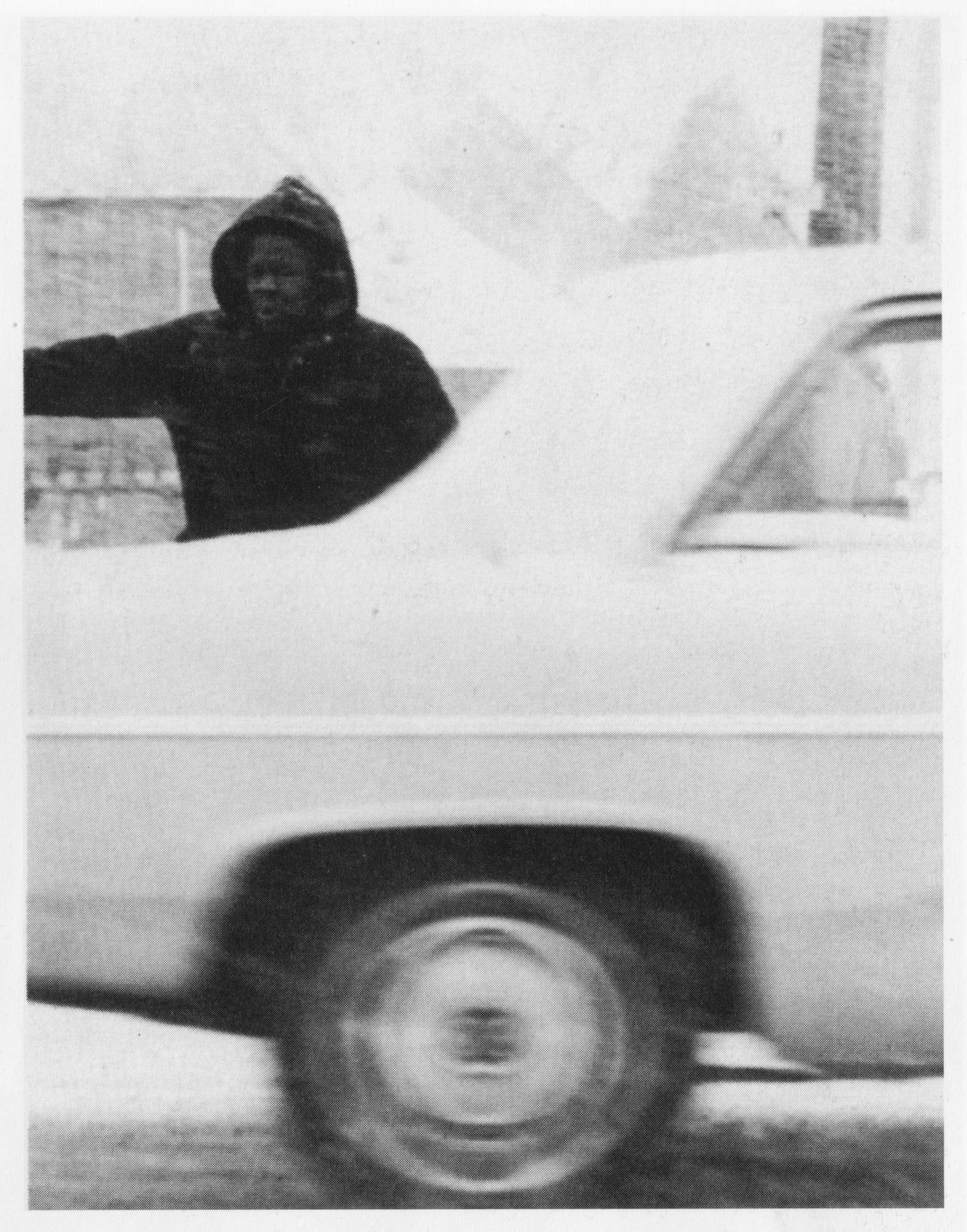
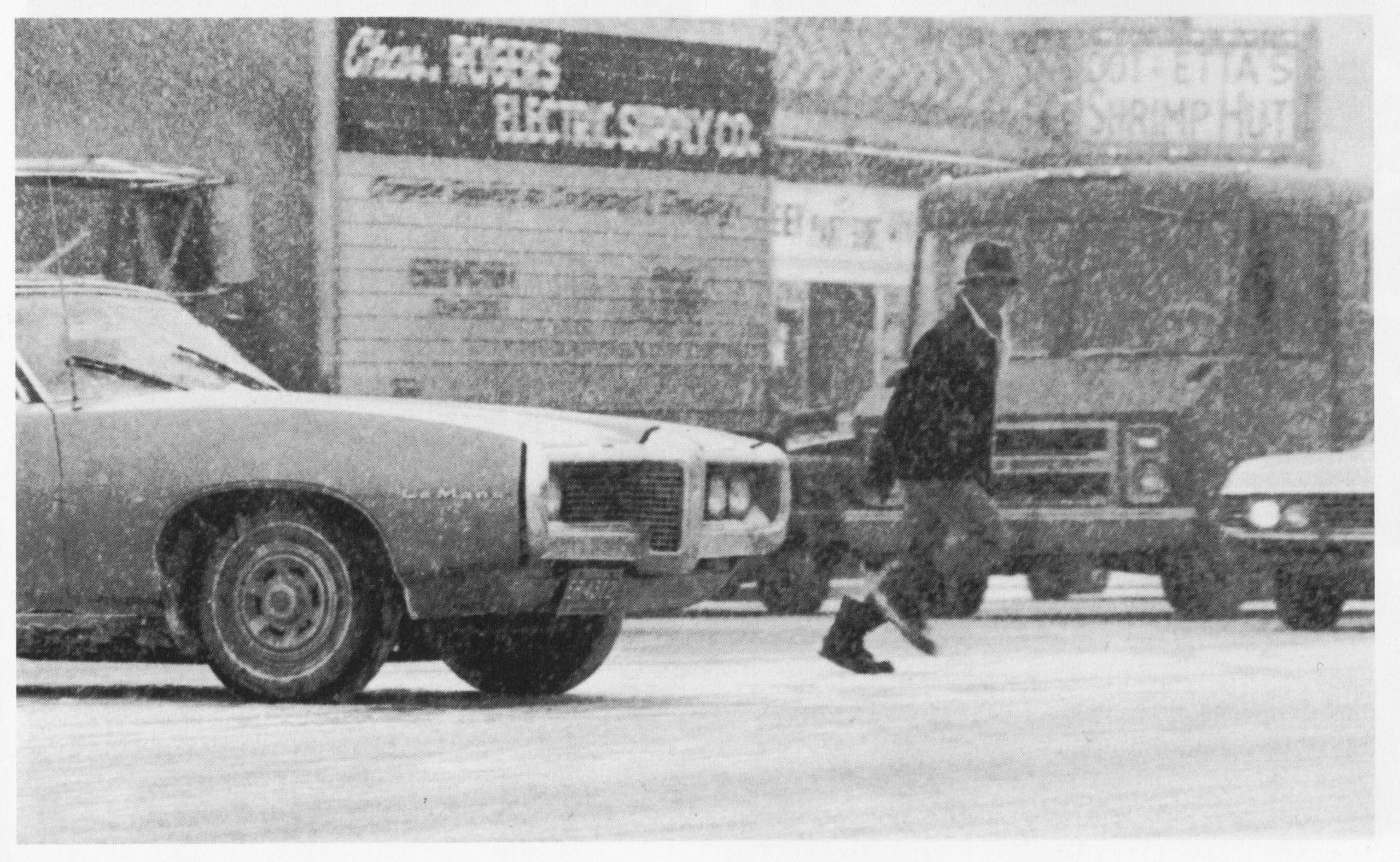
If this book has left the reader angry, good; or hopeful, good; or embarrassed, good; or determined, good; or intellectually aroused, good; for the book is a call to action, not merely an exercise in abstraction. Every adult should find himself enraged somewhere in the volume. Perhaps the only people who would not be offended by reading this book are the very people who will not read it, the children of America, especially the poor children. Could it be that the definition of adulthood is the care of children? If so, this is a very mature book indeed, because it is a book in defense of children. This book is designed to make us grow up, that is, to make us more childish in our point of view. In the face of the threat of the biological extinction of mankind as an unfit species, the “Lesson of Fitzgerald” is that if we save the children, the slum processes and wars will be stopped and the neighborhoods, the cities, the nations, and the world itself will be saved.
The revolution in Fitzgerald is not racial or political, it is biological. Where could the Indian children travel across Fitzgerald’s landscape? Everywhere. By the time of late farm days the fences were spreading yet the children could still safely use most of the roads and wander in considerable open spaces like Holman’s Woods. Today the children can move almost nowhere. They are more and more caged. Expressway fences and property fences continue to go up. These fences are often built with the excuse of protecting the children from the machines, especially the automobile, but it is the machines which are being given the space taken from the children: Drive-in banks, drive-in cleaners, drive-in car washes. The landscape is being covered with concrete to make Fitzgerald more and more a home for the machines. Even the tiny space of the school “playground” is converted into more and more parking for the teachers’ cars. Parks and Recreation has no idea how far or fast the children can move to the Lollo tot lot and the Highway Department could not care less how the children flow through Fitzgerald. Their only concern is the flow of cars and trucks: if the cars and trucks flow over the flow of the children, so what? It’s just “careless kids” and “care-nothing parents” to them. When “accidents” occur over and over again at the same spot, such as the three or four “accidents” each year in the front of Fitzgerald Elementary School, these predictable “accidents” are not “accidents.” The American System is just too cheap to protect kids, that is all.
The American System worships machines, not children. Capital is its game. The reasoning is that the more the machines prosper, the more wealth will dribble down to the children. Yet in Fitzgerald the machines are simply being given life and death power over the children. The closing of the Greenlawn Expressway ramp by the white mothers in the early 1960’s was not a political event. Yes, the Highway Department was involved. Yes, the police came out. Yes, the women mass demonstrated. No, it was not a political event. The machines called automobiles, streaming off the ramp, were running over the children as they went to and from school. The needs of the machines, not the needs of the children, dictate how Detroit will be built. When automobiles needed more space in Fitzgerald, down came the children’s homes on Keeler street and up went the expressway. And the machines are literally taking over the thinking. A stop light is a small computer. (We used to have traffic policemen.) When this machine tells the cars to go on the six lanes of Livernois and Puritan, the cars leap forward. Woe unto the children or the old in front of the machines when another machine says “go” to them.
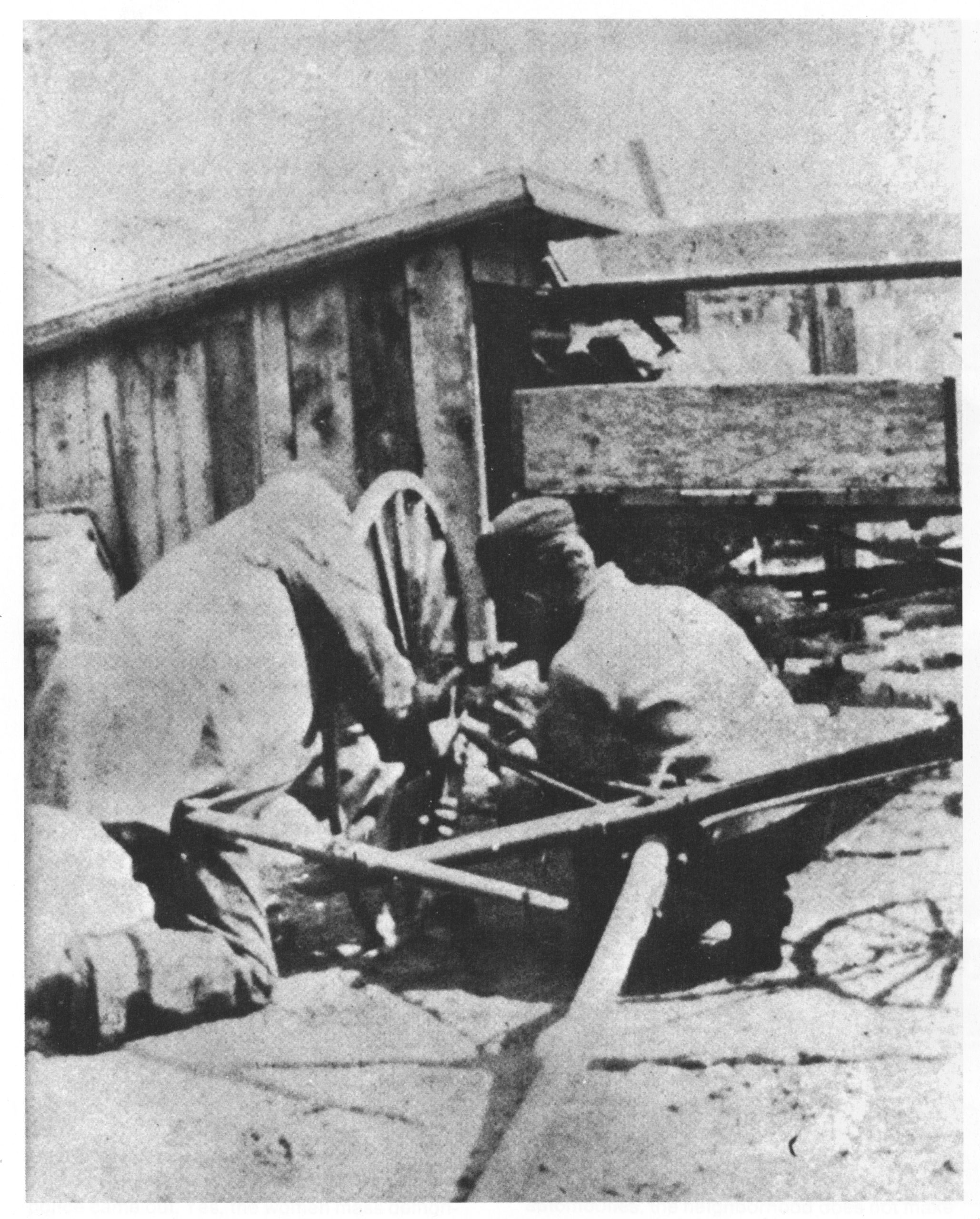
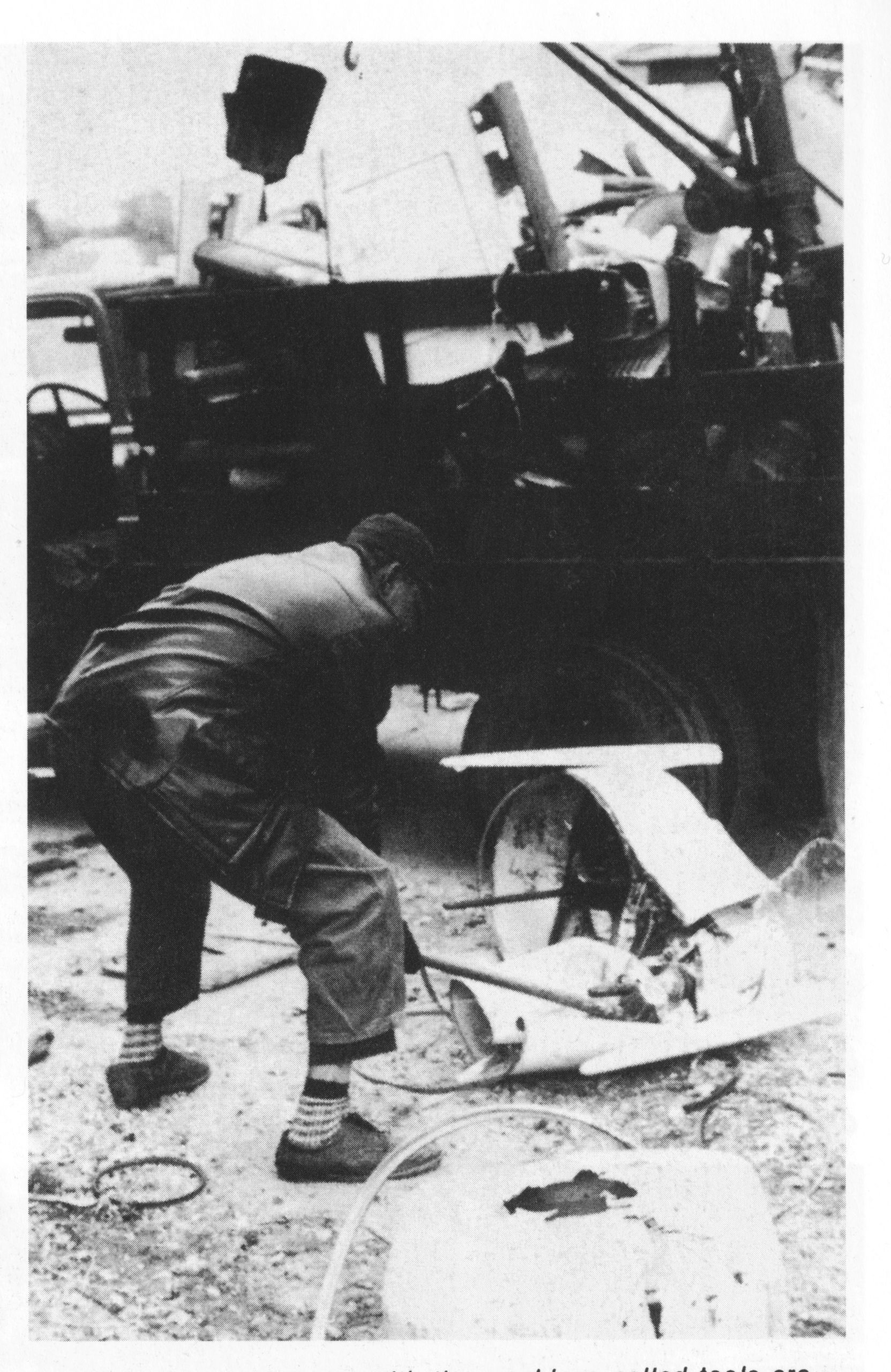
Every human outburst in Fitzgerald has had at its base this rebellion of the mothers against the machines injuring their children. The Post Junior High School explosion of March 15, 1968, when the “flying wedge” of police of the special Tactical Mobile Unit, beat up children, PTA mothers and teachers, was not simply a racial incident between black people and white police, or citizens versus “law and order.” What most deeply happened was that Post became (and remains) so overcrowded, so mechanically impossibly jammed, that the children inevitably exploded. Rats crowded into small enough spaces will explode, fish in constricting nets will finally explode and the human animal is no different. It is impossible to overcrowd a lunch room like Post’s and keep it animal clean. The lunch room is much worse than illegal, it is animally inhuman. The mothers finally come to the protection of their children then the police are called and then the biological revolution against machinery the physical stuff destroying their children - is reduced in the Establishment’s mind to a mere unjustified or racial event.
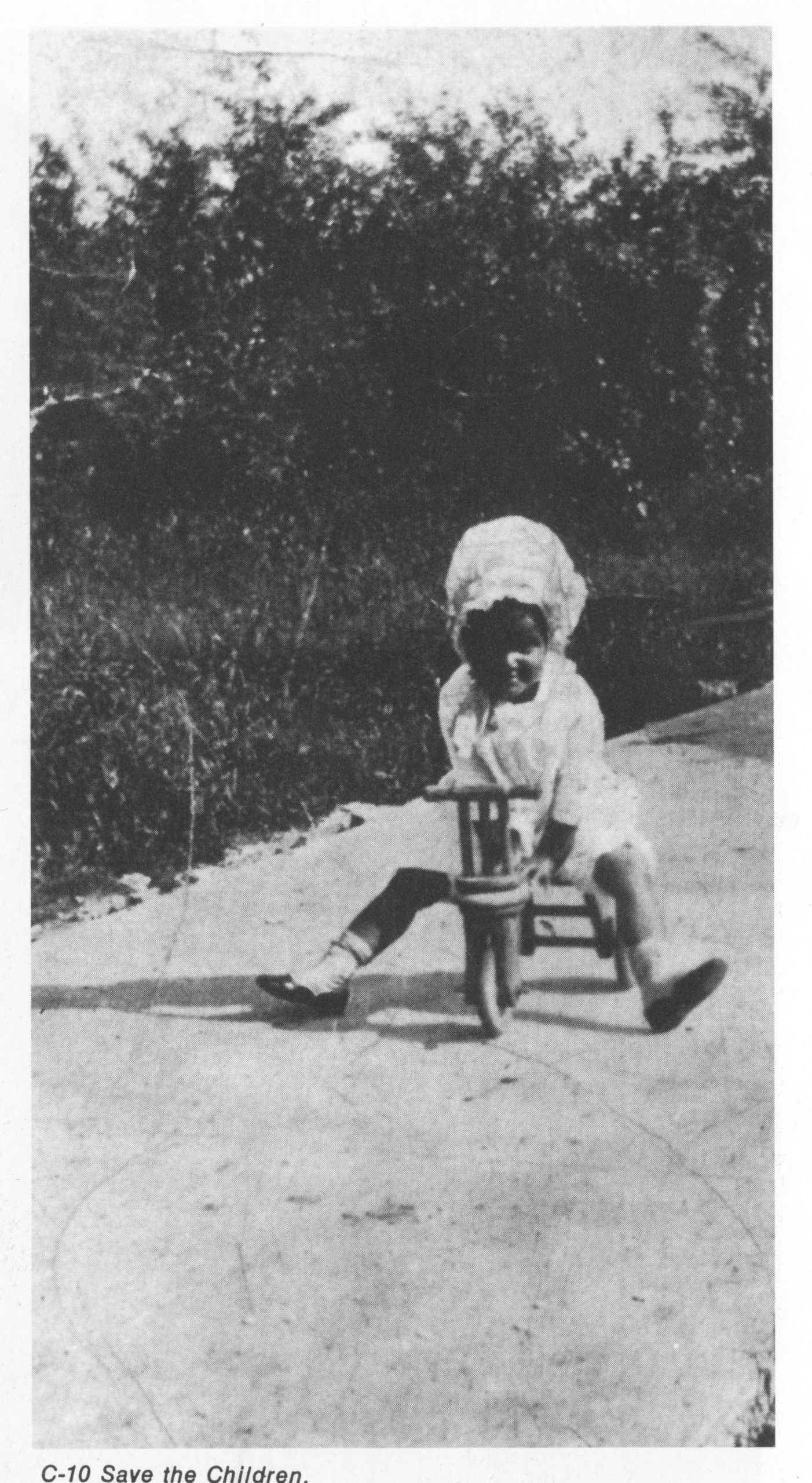
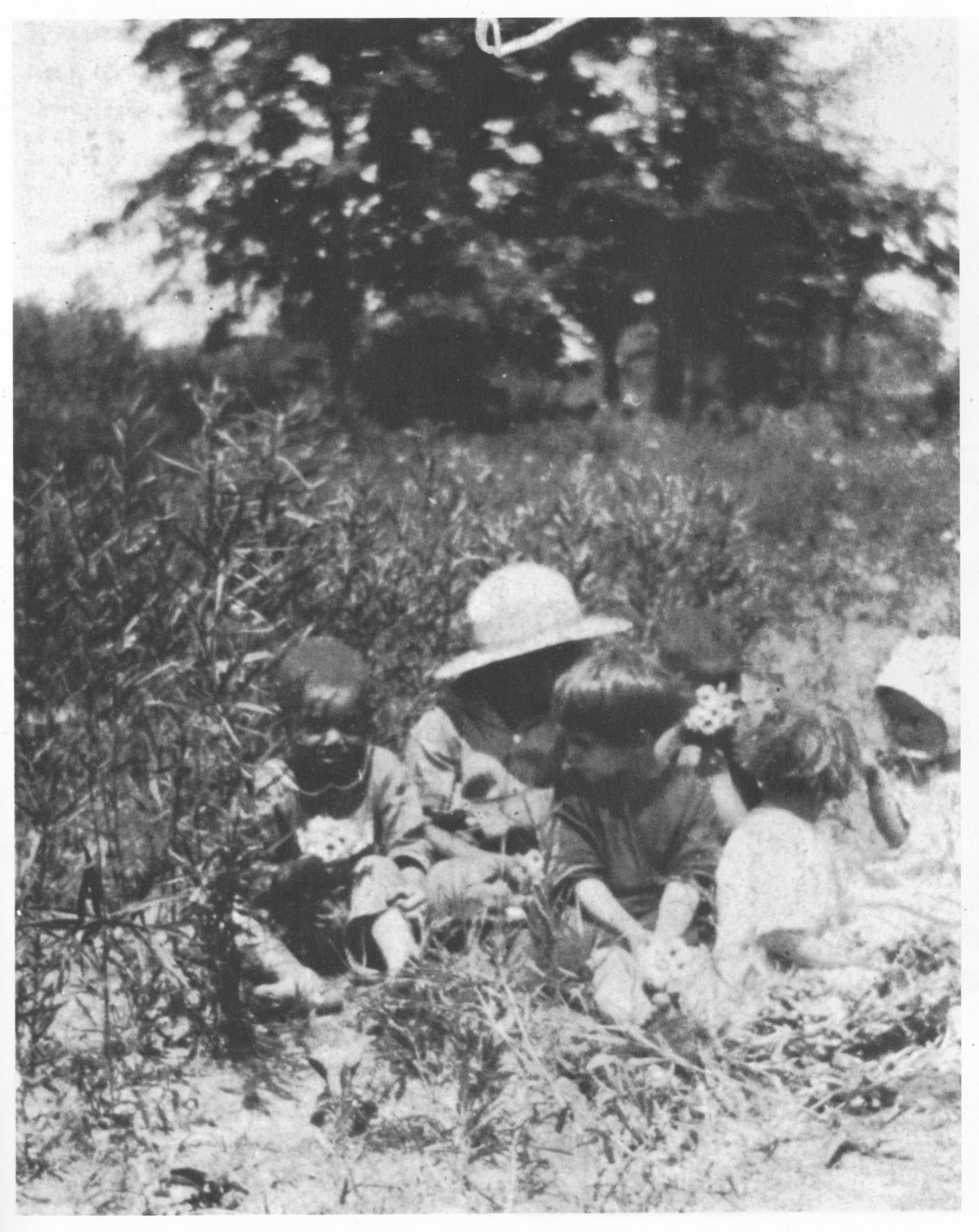
The fathers of Fitzgerald make the community’s living making automobiles in the factories outside Fitzgerald. When they are unemployed and not allowed to make the automobiles, the neighborhood does not make a living; it begins to die. Since the neighborhood itself produces children, if the neighborhood starts dying, the neighborhood’s product, the children, are the ones to ultimately suffer. When unemployment comes to Fitzgerald, the machines in the factories are cared for and the children are left rotting on the streets with their fathers.
The police go increasingly for mechanical weapons and less for human understanding. Atomic bombs have been installed in the suburbs of Detroit, radioactive devices commanded by robots, to “protect” the children living there and here. Insanity! What sort of species is it that keeps food in front of its starving young? And white Fitzgerald is not a slum, it has plenty of hungry kids, and some truly being seriously damaged by lack of proper food, who pass Harry Rothenburg’s store each day whose glassed windows and armed guards keep them from eating. Indians did not suffer the biological pathology that our relationship with machines have imposed on us today. When there was a scarcity of food in Fitzgerald even as late as the mixed pioneer and Indian days, all shared what they had, Ojibwa deer meat for Siterlet corn, and all ate. They, unlike “civilized” us, did not starve children in the midst of food to eat.
Again, Fitzgerald’s Revolution is not basically, political or racial but biological. It is part of the total species’ effort to tame the machines that run like wild beasts over the children. The childrens’ needs must be made master, not slave, to the machines’ ooeds. And Fitzgerald, Fighting Fitzgerald, has not struggled in vain, for this book records its fight. The neighborhood can be flattened by the machines for its courage, its defiance, its humanity, but Fitzgerald’s story will live as long as mankind lives, in his libraries, in his minds, around the world, for there is nothing more modest and more glorious then the story of the human races’ struggle for Life itself. The ultimate lesson of Fitzgerald is universal, “To save Life, save the children.”
